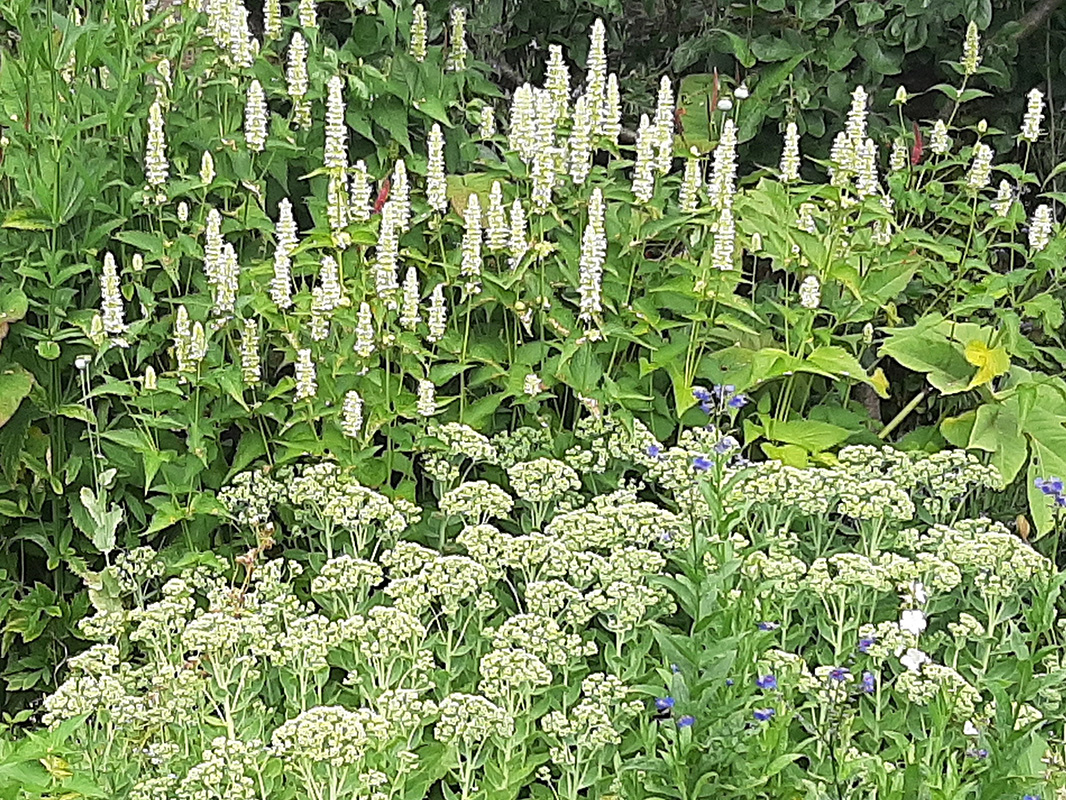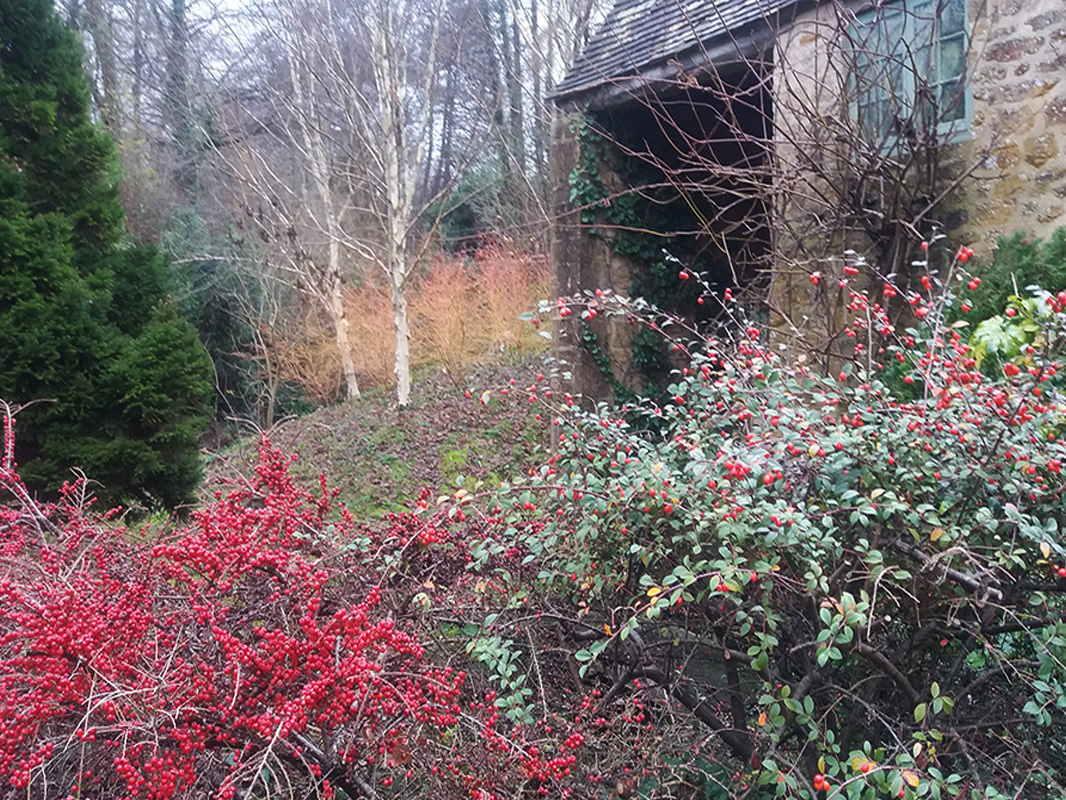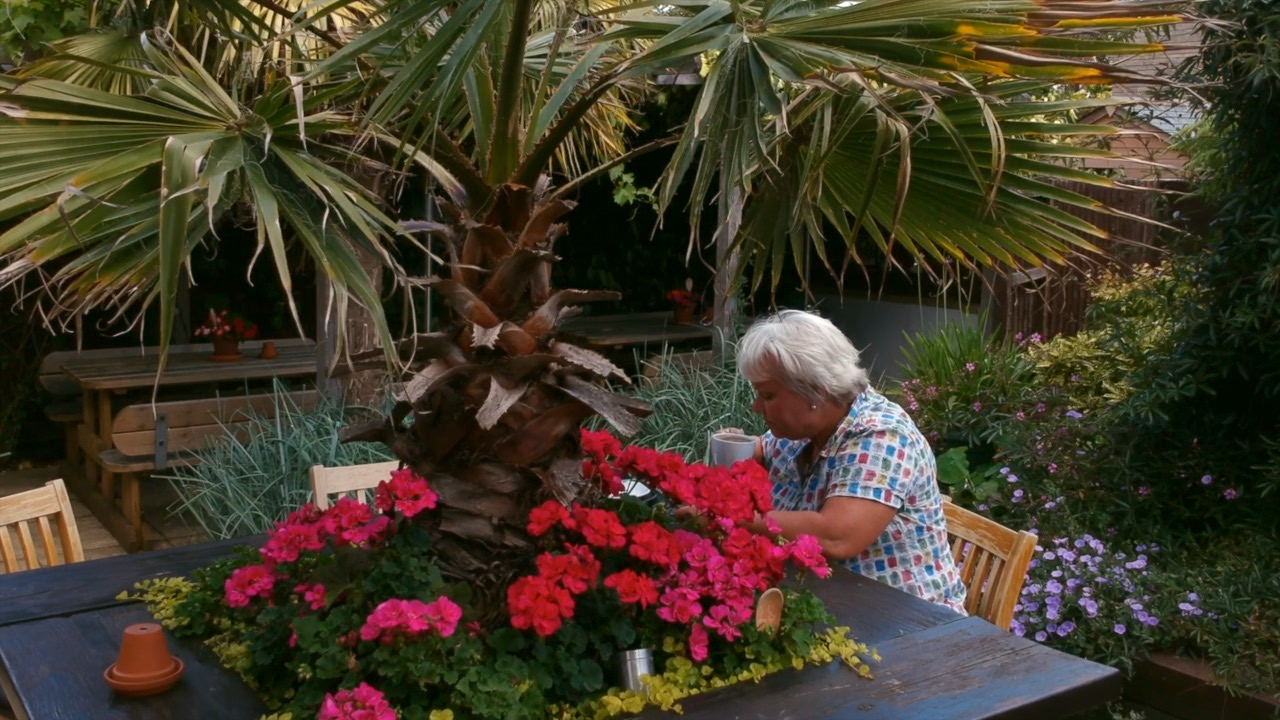It’s not all grim Oop North
We are in the grip of a June heatwave and if it continues as forecast, The Summer of Twenty Eighteen will be recalled with the same awe as The Summer of Seventy Six. I was a teenager at that time, and can remember the long days of sunshine and the water shortages and standpipes in the street.
When I was a kid, I was brought up in the Lake District. The weather could be hot during sheep gathering time, and the tops of the fells turned brown with drought where the soil was thin over the slate and limestone bedrock, but we looked forward to every hot sunny day as they were not common. We were more used to rain, and a week without it was remarkable. I do not recall my parents ever watering the garden and I don’t think hose pipe bans had been thought of.
Reading E Nesbitt books about Edwardian children flopping exhausted in the shade of a sycamore tree was puzzling. I wondered why they didn’t want to sit in the sun, and surely they would get damp bottoms sitting on the ground, a constant factor in Lake District life.
I had never travelled south in summer until sometime in the Seventies when we went to visit friends in Hampshire. I was astounded by the breathless density of the heat and the brown grass. I saw a fan trained peach and heard the phrase ‘phew what a scorcher’ for the first time.
It is a commonly held belief that gardening down south is more successful than Oop North, where it is generally cold and wet with a short growing season. For eight months of the year, that may be true, but in a heatwave the boot is on the other foot. In the Orkney midsummer days of ‘simmer dim’ you can still read a book outside at 11pm and it is light again at 2am. With such long daylight hours, the growth rate of spring sown vegetables and many perennials is prodigious.
At Inverewe on the Scottish Wester Ross coast, Geranium psilostemon, usually growing to a handsome 3 feet tall in Somerset, towered above my head. Being short, I was used to being towered over, but not by a 6 foot geranium. Gunnera manicata grew to 10 feet, with leaves 6 feet across. With plenty of moisture still at their feet, hydrangea and rhododendrons were twice the size of southern specimens – the sky blue hydrangeas in every front garden of the guest houses on the shores of Loch Linnhe had flower heads the size of footballs, with a clarity of colour not possible on limey southern soil.
In the South West we can just about manage to grow blue Himalayan poppies if we have acid soil or greensand, and a damp semi-shady patch is needed for shuttlecock ferns, astrantia, astilbe and monardas. Now these are suffering as the ground dries up here, but to see huge patches of them in Northern and Scottish gardens truly enjoying themselves to the full is a sight well worth doing battle with the midges to see.



